Russian arms exports. August 2017 of the year
According to Rosoboronexport, today foreign customers are actively interested in Russian weapons and military equipment for all types of armed forces. As stated in the press release of the special exporter, there is currently a sharp jump in demand for military Aviation. Its share in the total supply of Rosoboronexport in 2017 will exceed 50 percent. At the same time, as noted by the general director of Rosoboronexport Alexander Mikheev, the company successfully supplies products abroad for other types of armed forces. Since 2001 alone, military equipment and weapons have been delivered abroad for the ground forces, air defense forces and electronic warfare systems in the amount of about $ 45 billion. Among the entire range of Russian arms and military equipment being exported today, the most in demand are multi-role fighters, military transport and combat helicopters, armored vehicles, air defense systems and air defense systems, artillery systems, as well as modern electronic equipment.
As part of the Army-2017 military-technical forum, which took place in the Moscow Region from August 22 to 27, 2017, Rosoboronexport signed more than 10 contracts and agreements, including with representatives of Burkina Faso and Kazakhstan. In just three days of work, the organization’s employees held about 70 meetings with foreign delegations representing 50 countries from almost all regions of the planet. More than 20 defense ministers paid attention to Russian technology and weapons. According to the Deputy General Director of Rosoboronexport, Sergey Goreslavsky, the heads of delegations with whom negotiations and meetings were held included heads of security agencies of different countries, as well as commanders of the armed forces and chiefs of general staffs of partner countries. Representatives of foreign delegations showed particular interest in the Iskander-E operational-tactical missile system, tanks T-90S / MS, as well as BTR-80A / BTR-82A armored personnel carriers and automotive, including armored, vehicles, modern special and small arms models weapons, means of material support of divisions and means of close combat.
Indonesia will buy Su-11 fighter jets from Russia
Indonesia is going to buy X-NUMX multi-purpose Su-11 fighters in Russia for 35 billion dollars, reports Reuters, citing Defense Minister Reamizard Ryakuda and the country's trade minister Enggartiasto Lukita. In exchange for airplanes, Indonesia is ready to provide Russia with raw materials for 1,14 million dollars, and the rest will be paid in money. It is reported that the delivery of Su-570 aircraft will be carried out in stages in two years, reports RIA Novosti. According to the Minister of Commerce of Indonesia, the type and volume of raw materials supplies to be shipped to Russia are currently under discussion.
According to the newspaper "Look”, Earlier 7 of August said that Indonesia is ready to supply tea, coffee, palm oil and other commodities to Russia in exchange for Su-35 multi-role fighters. In particular, the Indonesian ambassador to Russia, Vahid Supriyadi, spoke of the intention of the Republic to purchase X-NUMX Su-8 fighter jets in order to bring the number of vehicles purchased to 35. In March, 16, it was also said that countries were discussing a contract for the supply of a certain quantity of diesel-electric submarines of the 2017 Varshavyanka project to Jakarta. In addition, there was information that the company "Helicopters of Russia" signed contracts for the overhaul of attack helicopters Mi-636P from the air forces of Indonesia, as well as the supply of spare parts to them.
According to the blog information bmpd Su-35 fighters are officially acquired by Jakarta to replace the fleet of already outdated American F-5E / F Tiger II fighter jets, which are in service with the 14 squadron of the Indonesian Air Force based on Iswahyudi air force (Madiun, Java). To date, the 14 Squadron includes 8 F-5E aircraft and X-NUMX F-3F fighter jets, of which only two fighters remain in flying condition. At the same time, according to reports in a number of Indonesian media, the Su-5 fighter planes purchased in Russia will in fact be used to equip the 35 squadron of the 11 aviation wing of the country's air force, which is deployed at the Sultan Hasanuddin air force base (Makassar, Sulawesi ) and is currently armed with Su-5SKM and Su-27MK30 fighters. At the same time, the “drying” freed up in such a way will go to re-equip the 2 squadron.
In any case, Indonesia is becoming the second foreign customer of Su-35 multi-role fighters after the PRC. Recall that Beijing in November 2015 of the year signed a contract for the supply to the country of 24 Su-35 aircraft (deliveries began in December of 2016 of the year). Serial production of this fighter model is carried out today in Komsomolsk-on-Amur at the aviation plant named after Yu. A. Gagarin (branch of PJSC “Company“ Sukhoi ”).
India plans to purchase fifth generation FGFA 108 fighters
According to the Internet resource psk.blog.24heures.ch, on which the material “L'Inde prévoit d'acheter 108 Sukhoi T-50!", India has made another step in the acquisition of fifth generation FGFA (Generation Fighter Aircraft) fighter jets. We are talking about the export version of the PAK FA ("Advanced Front-End Aviation Complex", T-50, which recently received the official designation Su-57), which is being created jointly with India. An internal commission of the Indian Ministry of Defense recommended the purchase of a batch of T-50 / FGFA fighter jets through their joint production with the Russian Federation.
The committee, which is headed by Air Force Marshal Simhakutti Vartakhman (Simhakutty Varthaman), conducted a comparative analysis of the aircraft’s tactical and technical characteristics, after which they gave a positive conclusion regarding its acquisition. In total, India plans to spend on joint development of the fifth-generation fighter 5 billion dollars. According to a source in the Indian Air Force, the country is ready to place a firm order for 108-like aircraft. However, it is still very early to talk about the deal, since Moscow and Delhi have not yet agreed even on the issue of technology transfer and the division of work on the project. Currently, the Indian Ministry of Defense is working in this direction, in contact with the Russian side. For their part, the Indian Air Force is working to finalize the requirements for the new fighter, as well as the number of aircraft purchased.
It is worth noting that the estimated export value of the fifth generation FGFA fighter is about 100 million dollars excluding R & D. This is lower than the cost of a fifth-generation American fighter, the F-22 Raptor, which is estimated at just over 146 million dollars. At the same time, some experts note the fact that the price of one Su-57 or F-22 is so high that the performance characteristics of these fighters may become secondary with relatively small volumes of their release in reality.
Pakistan received all 4 Mi-35M helicopters ordered in Russia
According to the online resource Shephard mediaIn which the article “Pakistan receives Mi-35M quartet” was published, Pakistan received all the transport-combat helicopters Mi-35М produced by Rosvertol JSC ordered in Russia. When publishing, the journalists of the publication referred to the Pakistan Defense Export Promotion Organization (DEPO). Information about the conclusion of the contract between Rosoboronexport and Pakistan for the supply of 4-x combat helicopters appeared in the media in August 2015.
By placing these helicopters to Pakistan, Russia strengthened its position in the region, while contributing to the fight against local terrorist groups. Islamabad acquired these helicopters specifically for anti-terrorist purposes. On the other hand, the economic return from this contract was not so high (according to expert estimates, the cost of one Mi-35М helicopter, built in the interests of a foreign customer, is estimated at about 30 million dollars). At the same time, the first contract for the supply of Mi-35M helicopters between Russia and Pakistan could be so small in order to evaluate India’s response to the supply of Islamabad’s helicopter gunships. It is worth noting that Pakistan initially wanted to get combat vehicles from 18 to 24. With favorable development of circumstances, further cooperation in the supply of Mi-35M helicopters to Pakistan can be expanded.
Indonesia Marine Corps preferred Russian BT-3F instead of Ukrainian BTR-4
According to the specialized military blog bmpd With reference to the magazine Jane's Navy International, the command of the Marine Corps of Indonesia (Korps Marinir - KORMAR) decided to formally abandon further acquisitions of Ukrainian-made BTR-4 wheeled armored personnel carriers in favor of buying new Russian tracked BT-3F armored personnel carriers built on the BMP- base 3. Thus, Indonesia, apparently, will be the first customer of the tracked armored personnel carrier BT-3F.
The Indonesian House of Representatives Committee on Defense, Intelligence and Foreign Affairs (Komisi I) has previously approved the allocation of 95 million dollars in the country's defense budget for 2017 a year to replace outdated BTR-50PC armored personnel carriers in KORMAR with Ukrainian BTR-4. This decision was made in addition to the first batch of five BTR-4, which were ordered by the country's defense ministry from the Ukrainian defense holding group Ukroboronprom back in February 2014. The first 5 armored personnel carriers under this contract arrived in Indonesia in September 2016.
From October 2016, the KORMAR Cavalry Regiment of the 2 Marine Group conducted tests of these combat vehicles, including at its base in Chalandak (South Jakarta). Among the problems that were identified during the tests, there were complaints from the personnel that the BTR-4 armored personnel carrier was heavily buried in the water while driving at full speed. According to the results of the tests carried out by the BTR-4 wheeled armored personnel carriers, KORMAR decided to abandon the further purchase of these combat vehicles, choosing a different type of vehicle to replace the BTR-50PC. Search and evaluation of alternatives have been carried out since the beginning of 2017. Initially, the Russian wheeled armored personnel carrier BTR-80, the Turkish tracked infantry fighting vehicle АCV-19, as well as the new South Korean tracked infantry fighting vehicle K21 NIFV were considered as replacements, but now KORMAR preferences focused on the tracked infantry vehicle BT-BT specially developed for the marines. It is reported that this model has been proposed by the Russian side of Indonesia since the 3 year, as a supplement to the BMP-2010F purchased by the Marine Corps.
It is already known that KORMAR submitted an official document to the Ministry of Defense of Indonesia with a proposal (in accordance with the Indonesian parliamentary procedures for redistributing allocations for defense expenditures) to transfer funds originally allocated for the purchase of BTR-4 for use for the purchase of other types of armored personnel carriers. As part of the appropriations (95 million dollars), the Marine Corps is about to order 50 new armored personnel carriers to replace the BTR-50PC. The general plans for the acquisition of such armored vehicles of the new type in the interests of the Indonesian Marine Corps for the future are estimated at 160 units over the next ten years.
KamAZ will supply 130 units of vehicles for the needs of the UN
KamAZ is going to ship about 130 units of vehicles for the needs of the UN. The vehicles will be delivered as part of the 2 stage of the implementation of the World Food Program (WFP) project to re-equip the truck fleet used to transport various humanitarian aid. According to information the official site “Rostec”, by the end of 2018, KamAZ will ship 97 vehicles to Africa, as well as 30 trailers produced by the subsidiary PJSC “Nefaz”, including sets of spare parts for them.
It is reported that on-board trucks KAMAZ-43118 (6х6), KAMAZ-63501 (8х8), as well as training classes based on the KAMAZ-43118 chassis (6х6) and automobile fuel trucks will be delivered to Africa. All Russian-made equipment will be adapted to the harsh conditions of operation in conditions of complete off-road, the press service of the car plant said. It is worth noting that the Russian Federation makes contributions to the World Food Program fund in accordance with the strategic partnership agreement between the Russian government and WFP, which was signed in 2014. Automotive equipment produced by the KamAZ plant and its subsidiaries serves as a Russian contribution to the program in-kind fund.
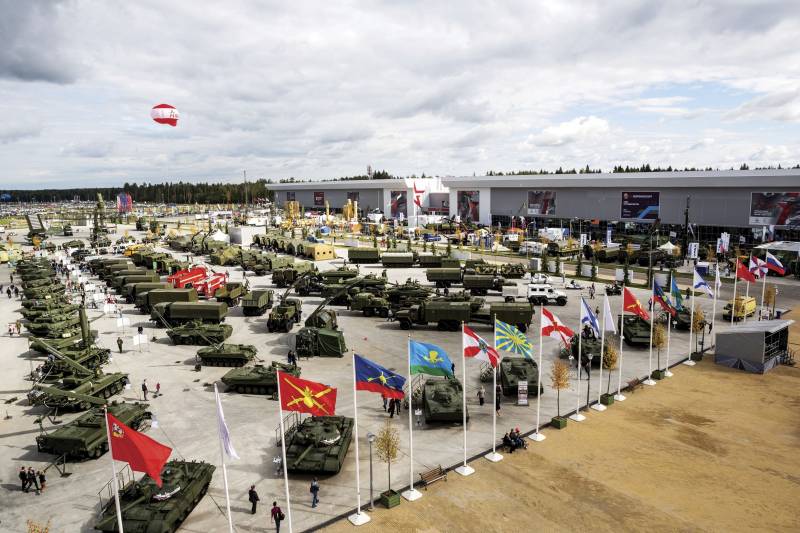
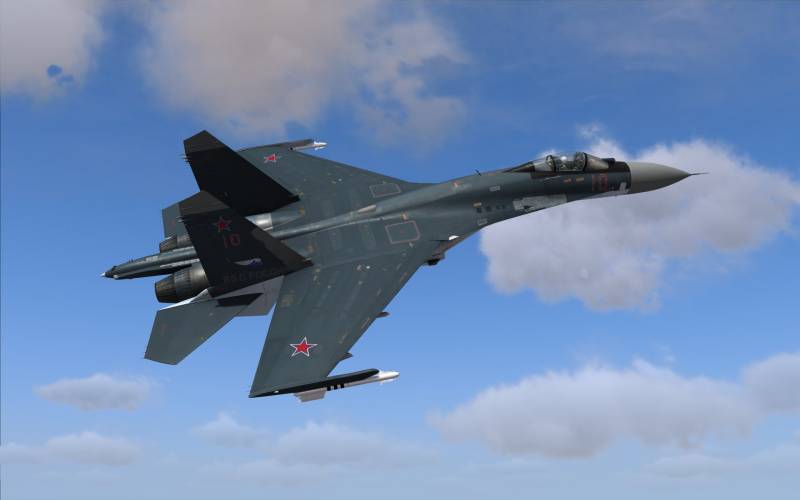
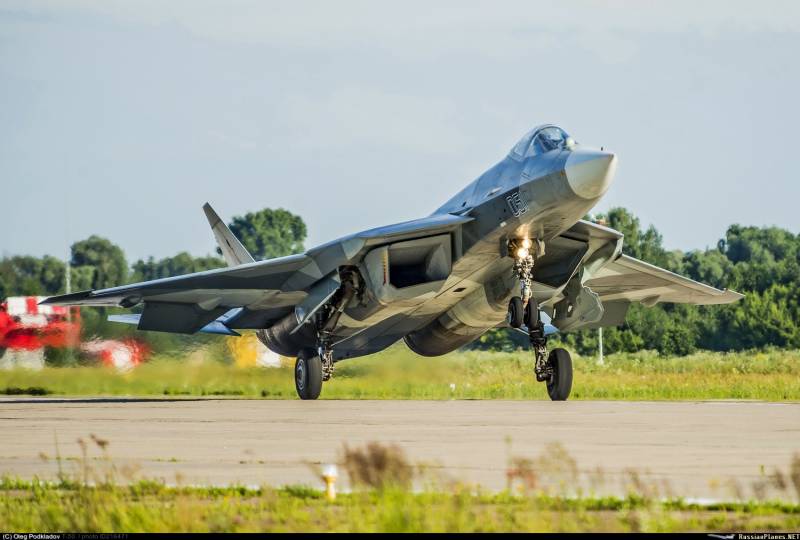
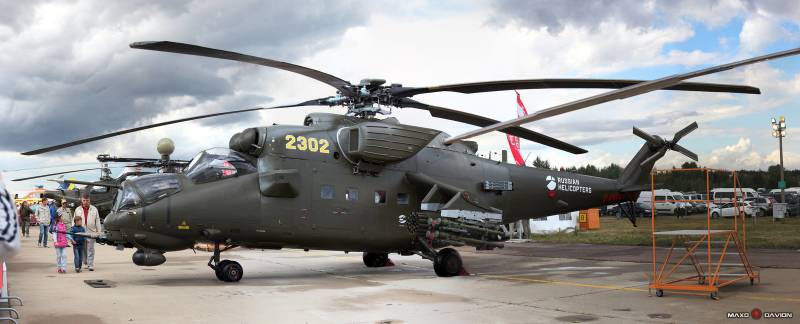
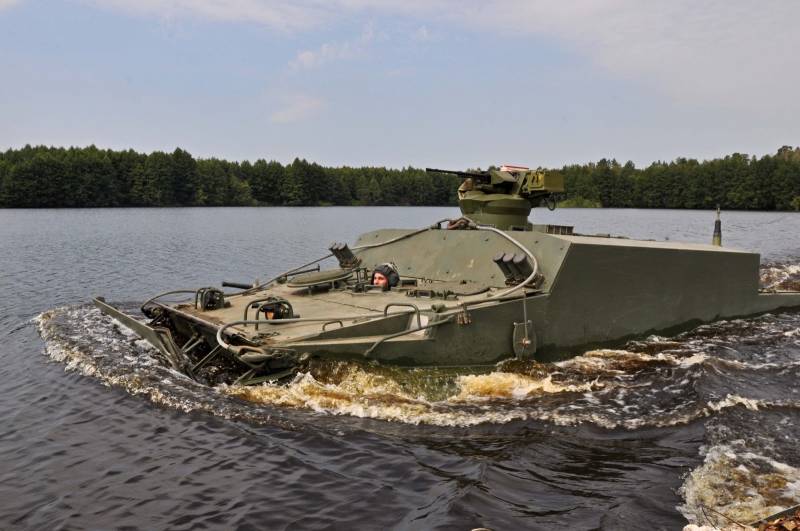
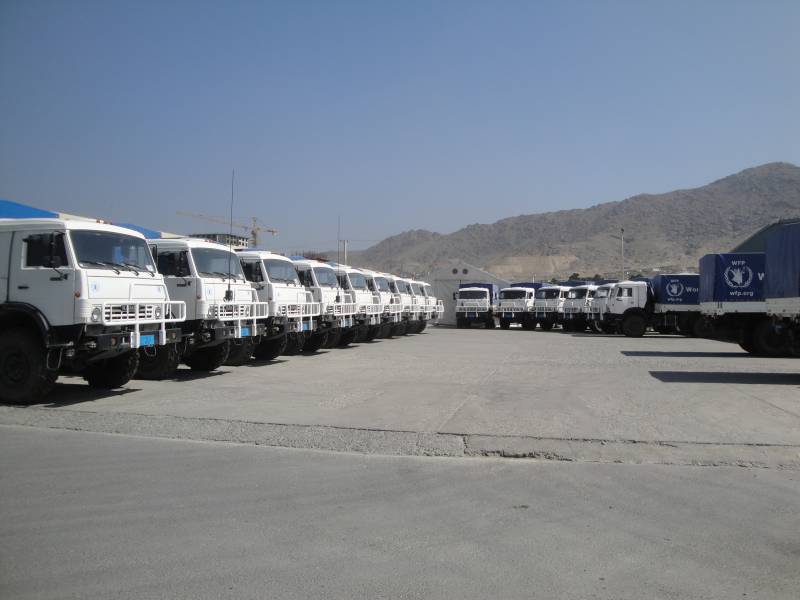
Information